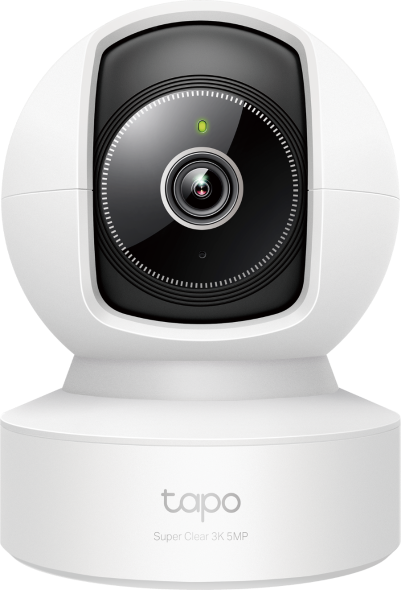Detection is not working on Tapo/Kasa Camera
The detection feature in a camera is a capability that allows it to identify and capture changes in the environment, such as a person walking by, a vehicle passing, or any alteration within its field of view. Once motion is detected, the camera can trigger various actions based on your settings, such as sending an alert/notification, recording video footage, etc.
There are two main detection types. The first employs pixel changes and AI motion algorithms to detect motion, primarily used by most cameras powered through an adapter. The second type, known as PIR motion sensors, activates alerts by sensing body heat and infrared energy. Battery-powered cameras often integrate an additional motion sensor, which, upon detecting a change in heat, activates the camera and further utilizes AI algorithms for recognition.
The detection issue is usually associated with the installation and configuration of the camera, involving the sensitivity settings within the app and the configuration of detection areas. If the detection feature is not set up correctly in the app, it may not function as intended. Nevertheless, other factors, such as the camera's installation location, height, and facing angle, can also contribute to this issue.
This article will guide you on how to troubleshoot when the detection feature does not work on non-battery models.
Note: If your camera is a battery model, please refer to the FAQ to troubleshoot: What should I do if my battery-powered camera can't detect the motion?
1. Confirm that the camera’s firmware and the Tapo/Kasa app are both up-to-date.
Please go to the APP Store and Google Play to upgrade the app to the latest version, and please refer to the following FAQ for upgrading the camera firmware: How to update the firmware of the Tapo&Kasa devices on the Tapo App.
2. Ensure the Detection Types and Sensitivity are enabled as desired.
Here, we take Tapo C210 as an example. Go to the camera’s Live View page > Device Settings > Detection, and enable the detection types as desired.
Note: different camera models have different detection types.



3. Adjust the suitable Detection Zones.
Here, we take Tapo C210 as an example. Go to the camera’s Live View page > Device Settings > Detection > Detection Zones, and set suitable zones.
If there is no detection zone setting included in the detection type, the activity zone is the full Live View screen.



4. Avoid placing the camera towards glasses.
The camera may face issues such as glare and infrared light reflection at night if it is aimed at glass surfaces. This can lead to ambiguous images, which may cause inaccurate detection or even non-detection of events, as the camera relies on algorithms that identify changes in pixel data to recognize events.
If you have finished all the above steps but the problem still persists, please contact TP-Link support for further troubleshooting.
A fost util acest FAQ?
Părerea ta ne ajută să îmbunătățim acest site.


